Jeff Bezos has gotten considerable attention lately in the MSM lately due to

his decision to step down as Amazon’s CEO.
However, he has not left the company altogether. He has made a lateral move to become Amazon’s Executive Chair. A chair from which you can bet he will continue to rule the roost in both Amazon and the global marketplace.
Jacobin Magazine has published a good article explaining Bezo’s longstanding predatory, exploitative business practices — the obscene practices directly responsible for making Amazon the mammoth monopoly power that it is today.
The last thing Jeff Bezos is is a business genius who deserves admiration. Rather, he is a textbook example of how the rich make themselves richer by exploiting and devouring smaller fry further down the food chain.
The article’s author is Paris Marx. It is entitled, “Jeff Bezos: Your Legacy is Exploitation.” The entire piece is well worth your time. I have posted an

excerpt below, or you can find the entire article by clicking on the title above.
Read it and get angry at over the way US predatory, crony capitalism works.
Jeff Bezos is stepping aside as Amazon’s CEO having made a fortune of almost $200 billion. It’s an attempt at reputation rehabilitation — but he can’t escape the legacy of exploitation he leaves behind.
Jeff Bezos, who you might also know as “the richest man in the world” or “that guy who ate a lizard one time,” is stepping down as the CEO of Amazon after twenty-seven years at the helm — or maybe it’s better to say he’s stepping to the side. Bezos will instead take on the title of executive chair, which means he’ll still have an influential role in company decisions, but will no longer be the face of Amazon. Yet there’s no reason to believe that means Amazon will become the friendly monopolist its smiling logo might suggest.
With Bezos at the helm, Amazon grew from an online bookseller started from a garage in Bellevue, Washington to one of the largest publicly traded companies in the world that not only controls key e-commerce and cloud platforms, but has extended its reach into a growing number of sectors. However, it’s important not to get distracted by the triumphalist historicizing of tech companies and their chief executives that’s become far too common since internet businesses exploded in the 1990s.
It’s often said that Amazon was started in Washington so it would be close to Microsoft and try to attract some of its talent, and while that’s partly true, it was hardly the deciding factor. Before founding the company in 1994, Bezos was the senior vice president of a hedge fund, and it’s said he made sure the first house he rented in Bellevue had a garage so he could spin the kind of founding story one would expect of a tech company. He was hardly poor, and he knew how to minimize his tax burden.
The real reason Bezos was drawn to Washington was because the state had no personal income tax and no corporate income tax, and at the time, Amazon only had to charge sales tax on purchases made in whichever state the company was headquartered in. With a population of just over five million in 1994, Washington was the perfect base from which to ship the other 260 million Americans all the books they could buy — not because Bezos had a particular love of books, but because they could be bought wholesale, were easy to ship, and independent bookstores had been decimated, leaving a market to be captured.
As Amazon began to attract customers and expand its product offerings, it took a different approach to growth. Instead of seeking to turn a profit as quickly as possible, Bezos played the long game, reinvesting Amazon’s earnings in the business to such a degree that it didn’t turn its first quarterly profit until 2001 and its first annual profit until 2003. For years to follow, Amazon’s profit margins remained slim as it expanded its empire.
This was undoubtedly a great business strategy, but it came with consequences. By operating at a loss for a decade, Amazon was able to provide goods and services below cost to drive out its competitors and dominate the markets it operated in. This only became easier as it grew, as the case of Diapers.com shows.
In 2009, Bezos saw that Diapers.com was gaining popularity with parents, so Amazon set up a meeting with its founders. When they refused to sell, Amazon set its prices on diapers and other baby products 30 percent below those offered by its competitor, and when Diapers.com adjusted their prices, the ones on Amazon changed accordingly. Amazon was using the profits from its other products to sell baby products below cost so Diapers.com would have to sell itself to Amazon or go out of business. Amazon even launched a service called Amazon Mom to offer baby products at even steeper discounts until, on November 8, 2010, Diapers.com finally sold to Amazon. Not long after, Amazon Mom was terminated, and prices returned to normal. . .

 time to define or explain CRT itself. Many others have already done that work, so I will simply refer my readers to a few brief introductions.
time to define or explain CRT itself. Many others have already done that work, so I will simply refer my readers to a few brief introductions.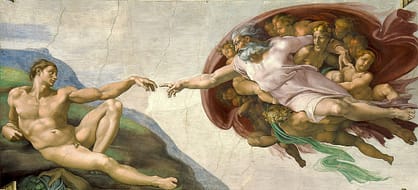
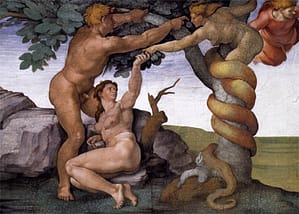
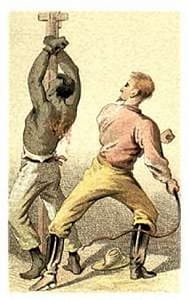 unfamiliar Outsider. Since they are different from us, we are skeptical as to what we can expect of them. We may even be fearful because in facing the Outsider we face the Unknown.
unfamiliar Outsider. Since they are different from us, we are skeptical as to what we can expect of them. We may even be fearful because in facing the Outsider we face the Unknown.
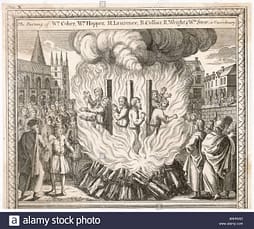

 He recently posted an article entitled, “
He recently posted an article entitled, “

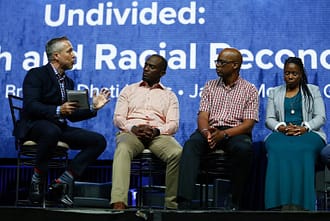
 others suffer.
others suffer. lecturer for over 30 years. He recently published a piece at Consortium News entitled, “
lecturer for over 30 years. He recently published a piece at Consortium News entitled, “